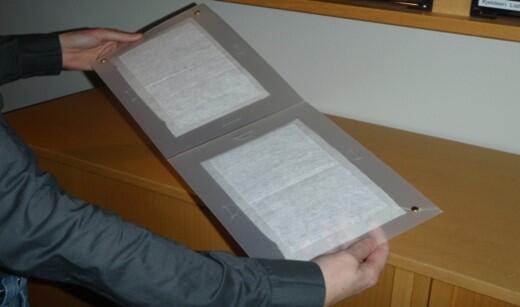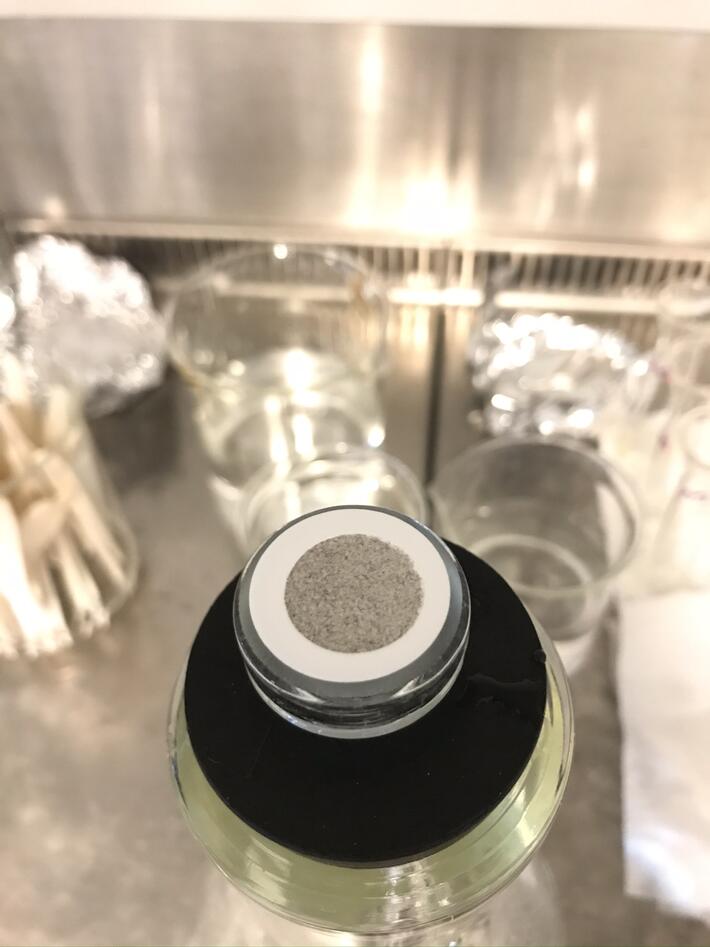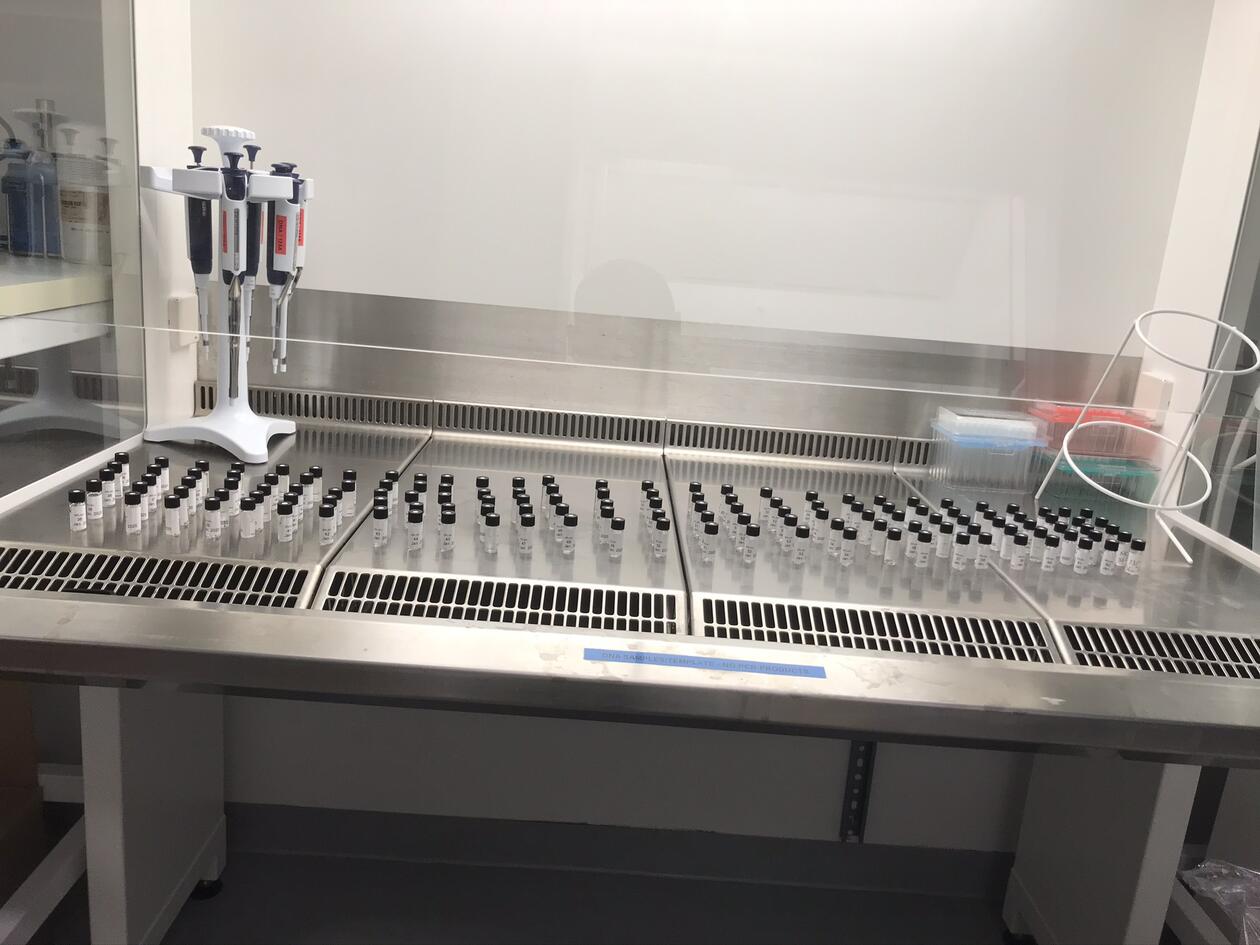Bacteria and endotoxin in the indoor environment
We spend most of our time indoors and bacteria in our homes may be important contributors to the microbiome communities in our bodies. Or are the humans themselves the main source of the indoor bacteria?

Main content
In recent decades, the prevalence of allergic diseases and asthma has increased dramatically. Since humans spend approximately 90% of their time indoors, they are exposed to a variety of airborne microbial species and their products. As an example, endotoxin, a proinflammatory component of Gram-negative bacteria, is known to be associated with asthma and allergy.
This project use data and indoor environmental samples collected from the homes of participants from the ECRHS III study from five cities in Northern Europe (Bergen, Aarhus, Uppsala, Reykjavik, and Tartu). Samples were collected with Electrostatic dust fall collectors (EDCs). The EDC consists of a custom-fabricated polypropylene sampler that has electrostatic cloths that capture airborne particles that settles on this surface (more information available in the paper by Noss et al (2010)).
Together with our collaborators at Aarhus university, we have successful implemented a protocol for optimal extraction of bacterial DNA from environmental samples, qPCR and high-throughput sequencing, and have analyzed a total of 1200 EDC samples. The statistical analyses shows that both the bacterial richness and diversity are much higher in Tartu and Aarhus than in Bergen, whereas Uppsala and Reykjavik are intermediate in terms of diversity and richness.
Interestingly, also the shotgun sequencing on gingival samples from Bergen and Tartu, which are from the same participants with EDC samples, show that bacterial richness and diversity is much higher in oral samples from participants from Tartu as compared to Bergen, thus, following the same pattern as the environmental samples.
Hesham Amin defended his PhD-thesis on September 22 2023. The title of his thesis was "Indoor airborne microbiome, environmental and household determinants and respiratory health in Northern Europe"
Publications:
1. Cow Farmers' Homes Host More Diverse Airborne Bacterial Communities Than Pig Farmers' Homes and Suburban Homes. Amin H, Santl-Temkiv T, Cramer C, Vestergaard DV, Holst GJ, Elholm G, Finster K, Bertelsen RJ, Schlunssen V, Sigsgaard T, Marshall IPG. Front Microbiol (2022). doi: 10.3389/fmicb.2022.883991. eCollection 2022. Fulltext: Frontiers | Cow Farmers’ Homes Host More Diverse Airborne Bacterial Communities Than Pig Farmers’ Homes and Suburban Homes (frontiersin.org)
2. Optimization of bacterial DNA and endotoxin extraction from settled airborne dust. Amin H, Marshall IPG, Bertelsen RJ, Wouters IM; Schlunssen V, Sigsgaard T, Santl-Temkiv T. Sci Total Environ (2023): 857(Pt 2):159455. doi: 10.1016/j.scitotenv.2022.159455. Epub 2022 Oct 14. Fulltext: Optimization of bacterial DNA and endotoxin extraction from settled airborne dust - ScienceDirect
3. Indoor Airborne Microbiome and Endotoxin: Meterological Events and Occupant Characteristics are Important Determinants. Amin H, Santl-Temkiv T, Cramer C, Finster K, Real FG, Gislason T, Holm M, Janson C, Jogi R, Malinovschi A, Marshall IPG, Modig L, Norback D, Shigdel R, Sigsgaard T, Svanes C, Thorarinsdottir H, Wouters IM, Schlunssen V, Bertelsen RJ. Environ Sci Technol (2023): 15; 57 (32): 11750-11766. doi: 10.1021/acs.est.3c01616. Fulltext: Indoor Airborne Microbiome and Endotoxin: Meterological Events and Occupant Characteristics are Important Determinants


